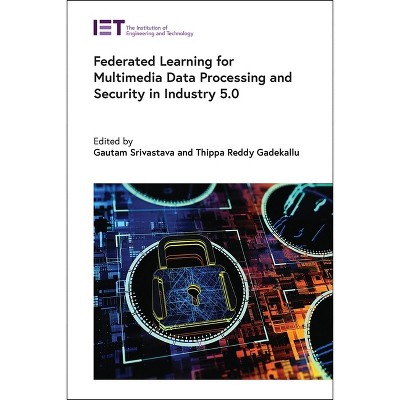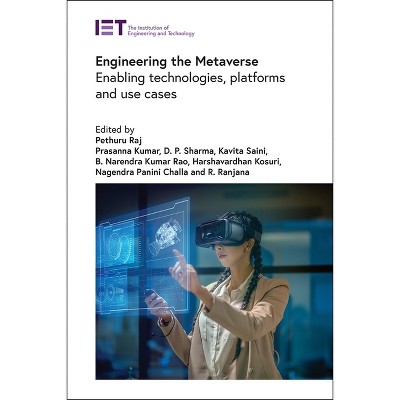Matrix Factorization for Multimedia Clustering - (Computing and Networks) by Hangjun Che & Xin Wang & Xing He & Man-Fai Leung & Baicheng Pan

About this item
Highlights
- Clustering is a fundamental problem in multimedia information processing.
- Author(s): Hangjun Che & Xin Wang & Xing He & Man-Fai Leung & Baicheng Pan
- 260 Pages
- Computers + Internet, Computer Science
- Series Name: Computing and Networks
Description
About the Book
This book explores clustering principles through advanced data analysis techniques, such as matrix and tensor factorization in multimedia information processing. The authors present methods to address these challenges, examine popular regularization techniques, and explore the relationship between regularization and clustering performance.
Book Synopsis
Clustering is a fundamental problem in multimedia information processing. This co-authored book explores clustering principles through advanced data analysis techniques, such as matrix and tensor factorization, which are highly relevant for multimedia information processing. Multimedia data may exhibit various forms of noise represented from multiple perspectives, making traditional clustering approaches less effective. The authors consider complex conditions such as noise sensitivity and discuss methods to address these challenges in the context of multimedia data. They also examine popular regularization techniques, providing theoretical analyses that demonstrate the relationship between regularization and clustering performance.
Matrix Factorization for Multimedia Clustering: Models, techniques, optimization and applications will serve as a solid advanced reference for researchers, scientists, engineers and advanced students who wish to implement practical tasks through clustering formulations. Additionally, the authors provide a detailed description of convergence theory to enable readers to conduct the corresponding algorithm analyses. They investigate novel regularization techniques, such as self-paced learning, optimal graph learning, and diversity regularization, to uncover the geometric structure of data. These techniques are beneficial for enhancing clustering performance. Furthermore, they demonstrate the efficiency of these regularization techniques through theoretical analyses, practical experiments and applications in real-world datasets.
Shipping details
Return details
Trending Book Pre-Orders











